Are you looking for the best humic and fulvic acid for your plants? If so, you are in the right place. In this article, we will share with you those products and how to use them. We also researched the importance of humic and fulvic acids in the growth of plants and the soil.
Here are our Top 3 best humic and fulvic acids for the plants:
- Solar Gaia
- GS Plants Foods Organic Humic Acid
- Mr. Fulvic Nature's Miracle Molecule
You are investing properly when you work hard in establishing healthy plant practices and providing your plants with adequate nutrients and an appropriate home. To achieve optimum plant health, they need fulvic and humic acids. Keep on reading, as we will unlock those essential details about humic acids and fulvic acids.
![Close-up of woman gardener in gloves adding fertilizer for plants to watering can. Gardening, improving soil fertility concept. - Best Humic And Fulvic Acid For Plants [And How To Use Them]](https://gardentabs.com/wp-content/uploads/2023/04/Close-up-of-woman-gardener-in-gloves-adding-fertilizer-for-plants-to-watering-can.-Gardening-improving-soil-fertility-concept.-Best-Humic-And-Fulvic-Acid-For-Plants-And-How-To-Use-Them.png)
Best Humic And Fulvic Acid For Plants
Solar Gaia
![mini vegetable farm. - Best Humic And Fulvic Acid For Plants [And How To Use Them]](https://gardentabs.com/wp-content/uploads/2022/08/mini-vegetable-farm.-Best-Humic-And-Fulvic-Acid-For-Plants-And-How-To-Use-Them.png)
Solar Gaia is derived from the name sun as “solar” and earth as “Gaia”. It has sources from leonardite which is commonly found in the humic acid. This is an exceptional soil conditioner that has the presence of phenolate and carboxylate groups. These groups give the humic acid the ability to bind with magnesium, calcium, and iron.
Solar Gaia is designed to use in soilless, hydroponics, soil applications, and the like. They are also used in the flowering and vegetative stages.


Click here to see this product on Amazon.
GS Plants Foods Organic Humic Acid
This product improves plant metabolism, root development, immunity, and nutrient absorption. In addition, it promotes the accumulation of sugar, chlorophyll, amino acids, and a lot more. GS Plants Foods Organic Humic Acid also improves the effectiveness of nitrogen formation which lessens the fertilizer rate.
For optimal concentration, mix two ounces of GS humic acid per 1 gallon of water. Apply it to the root base.
For maximum concentration, mix 4 ounces of GS humic acid in 1 gallon of water.
For minimum concentration, use 1 ounce of the humic acid.
You can use a sprayer depending on the area size.


Check out this product on Amazon.
Mr. Fulvic Nature's Miracle Molecule
This is a liquid solution with exceptional deposits of humic shale that enhances the absorption of nutrients leading to the vigorous growth of your plant.
Mr. Fulvic can be used with any type of application, whether it is for hydroponic, soil, or aquaponics. It is safe and can be used with any nutrient supplement.


Click here to see this product on Amazon.
Get to know Humic Acid
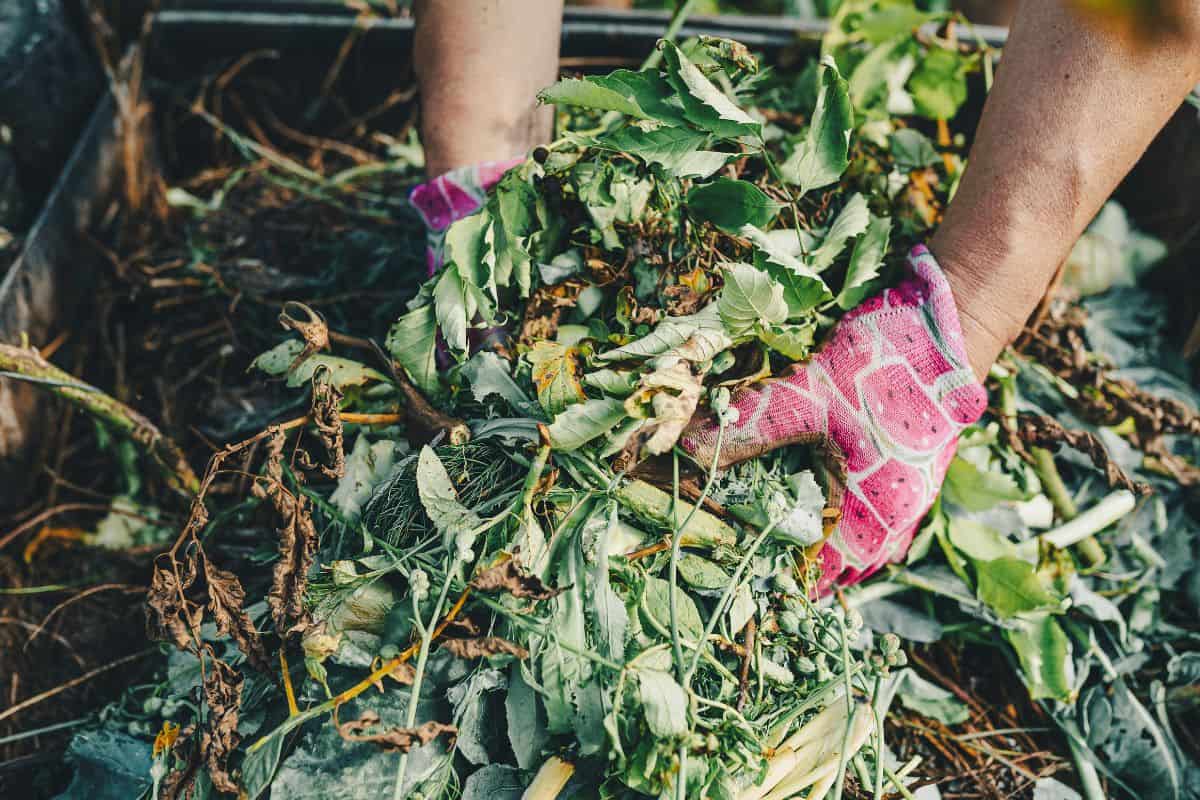
Humic acid is found naturally in the decays of plants, soil, oceans, fresh waters, and composts. The molecules of dead plants and animals are used by soil and other organisms such as fungi, bacteria, earthworms, and protozoa.
After some time, when the decayed matter has been transformed through a cycle, it will undergo decomposition. The organic remains of plants and animals are termed humus. The humification process begins.
Humus refers to the stable and highly complex compounds which resist decomposition. It consists of humic acid, fulvic acid, and humin.
Humic and fulvic acids are vital for the soil. They carry ionized nutrients and structure between the plants and the soil.
What are the advantages of humic acid?
Humic acids are of great advantage to farmers. Below are the benefits of using humic aid.
Builds optimum soil structure
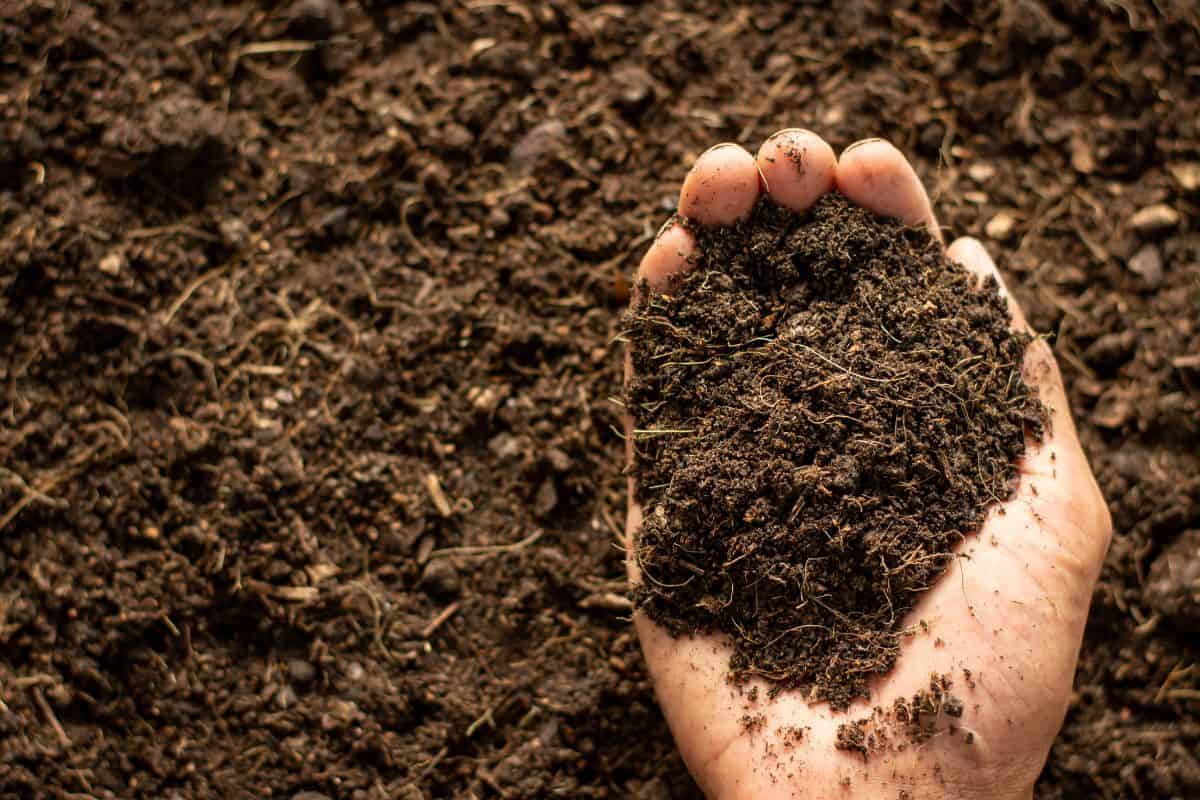
While humic acids have negative ions, they bear both negative and positive charge. They have large molecules which bind with soil. They create a space for microbes to bring back their nutrients and increase root growth. You will notice this in compacted soil and high-clay, where the soil particles are tightly bonded together.
Even so, humic molecules can withstand clay particles which allow penetration of water. Furthermore, humic acids will remove the salt from the clay which retains the negative ion that forces them to detach.
Creates an impact on microbial population
One of the most noticeable advantages of humic acids is how they create an impact on microbial growth. You will realize how important the microbes are when you go on deeper into the soil environment. A lot of bacterial growth has been destroyed by pesticides and other toxins. To restore them, you must:
- Provide a good source of carbon as they are the food source for many microbes.
- Provide foundations for microflora so they will dwell with them.
Humic acids are sources of microbes for their food and shelter. This explains why microbial growth exists in humic acids.
Increases nutrients for plants
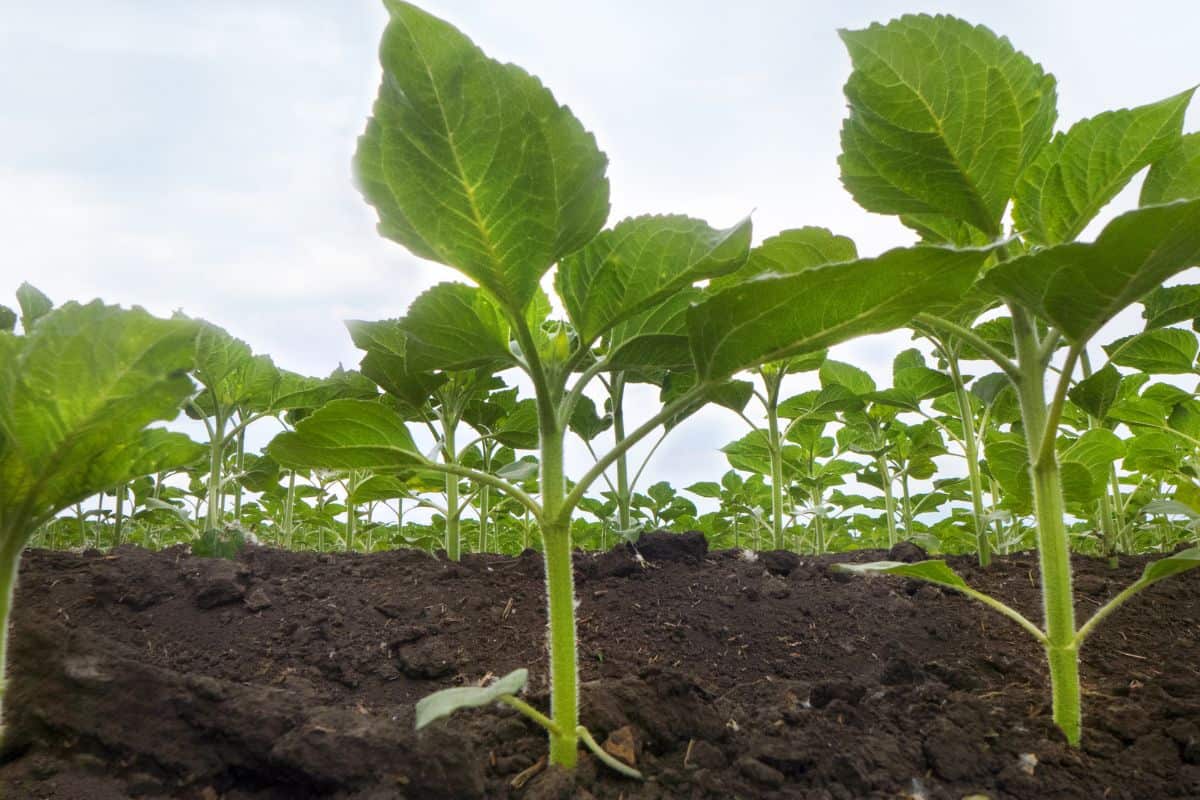
One of the most common advantages of using humic acids is that they increase the absorption of nutrients in plants. This is also one of the reasons why it is best paired with fertilizers. Without humic acid, nutrients from fertilizers will be unreachable for the plants. Therefore, plants suffer and die.
As for soil application, humic acids make more nutrients in the soil that is not available otherwise. This is where organic composition starts.
Humic acids are oxidized. The positive ions are attached to big molecules that bind them. They have a unique exchange capacity which is a highly prominent feature of humic acid.
Most nutrients such as calcium, magnesium, iron, and other minerals are positively charged. So, when there is humic acid, the nutrients from the soil will bind to them. After that, it will be distributed to the roots of the plants.
Reduces harmful toxins
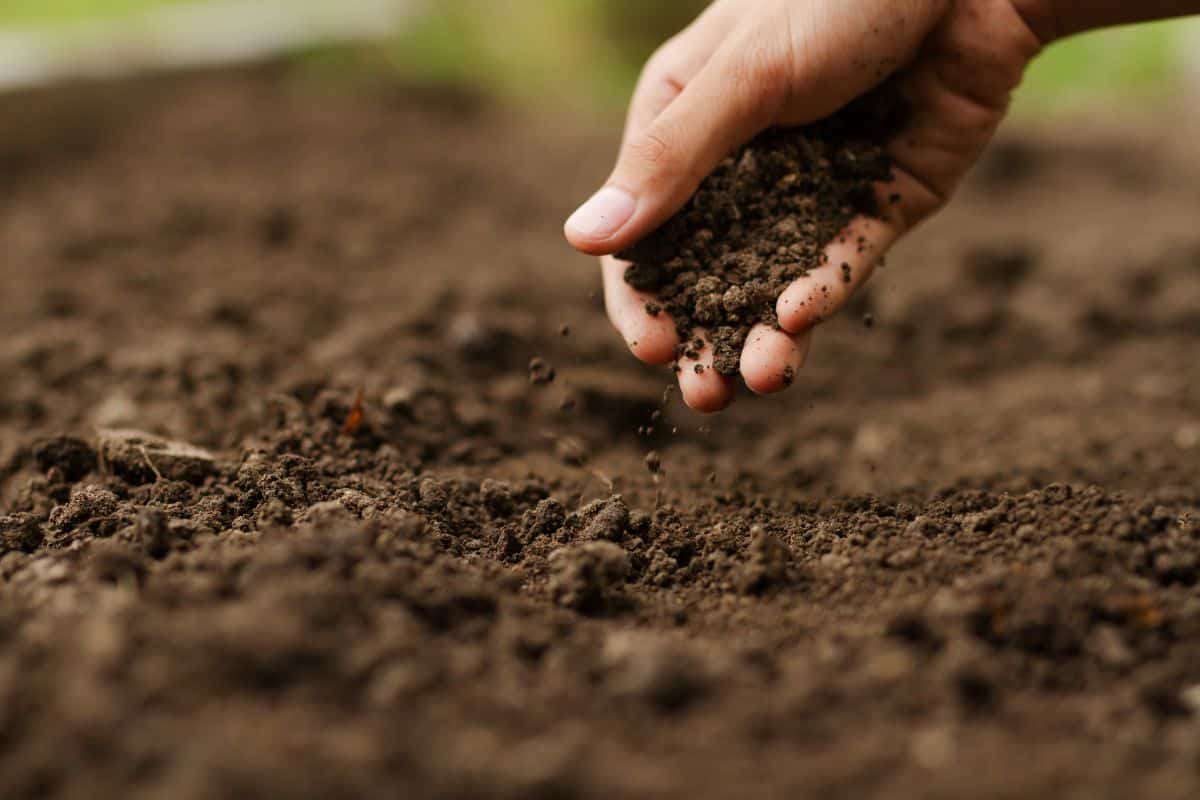
Humic acids are not only for the absorption of nutrients but for the reduction of many damaging toxins in the soil. This is particularly significant in the soil environment where a myriad of toxins is present, such as pesticides.
These toxins are pollutants that harm the growth of a plant. They degrade the quality of the soil without decontamination. They also lessen the growth of root crops and negatively impact human health.
Toxic molecules will be trapped by the humic molecules. Unlike nutrients, they will not be absorbed by the plants but flushed away.
Reduce water evaporation
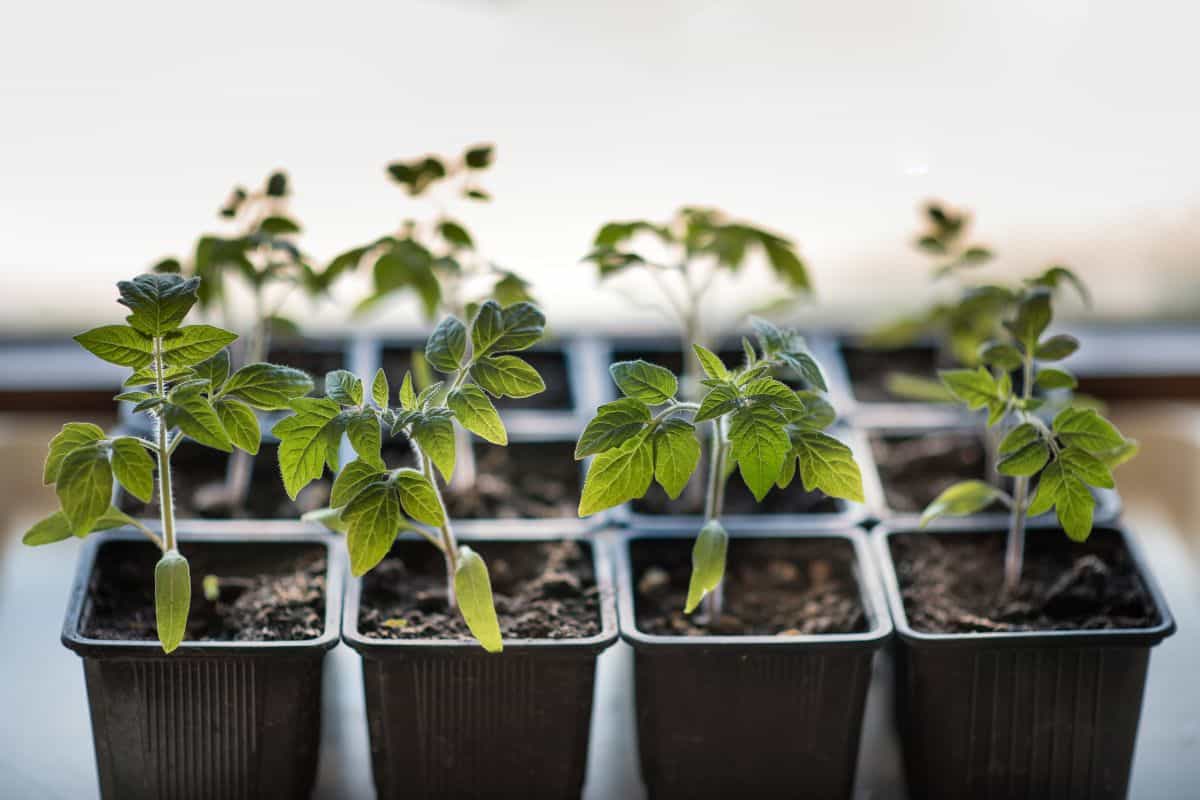
Humic acids have water retention ability in the soil. As our climate changes, it becomes more essential in the ecosystem. It is also crucial in low-clay soil, sandy, and dry soil.
Water retention happens when the negative ion attracts positive ions of humic acid which will bind to the humic molecule. The positive ions will move a little farther from the humic molecule and will then attach to the water molecule oxygen. This effect will reduce the water evaporation, thus preventing the plants to dry and die.
Fulvic acid Defined
Fulvic acids have smaller molecules compared to humic acids. Although they are relatively small, they can around the cell membrane.
They are water-soluble at pH levels, but humic acids are alkaline soluble. Fulvic acid is composed of hydrogen, oxygen, carbon, and nitrogen. Unlike humic acids, they are formed through the decays of plants and animals.
Fulvic acids are known to have a gold color and are biologically active compared to humic acid. This is because fulvic acids have twice the oxygen content as humic acids. Fulvic acids can bind and transfer nutrients to the plants to deposit minerals.
Fulvic acids have lower molecular weight than humic acid. They have less carbon but are high in oxygen. While they have low molecular weight, they can penetrate the plants' cells. From that, they can magnify the growth of plants.
Humic acid or Fulvic acid – Which one do you need?
Fulvic acids and humic acids are both important for the optimum health and growth of plants. Using one in deprivation of the other will change the overall benefits of the two. Furthermore, they work hand in hand to increase the health of the plant's growing environment.
Take this example. Humic acids have the highest ability to penetrate the cell walls, thus easier for the fulvic acids to transfer the nutrients to the plants. While fulvic acids are the carrier, humic acids make up readily available nutrients which are mostly found in the soil.
They are working as partners in increasing water retention which can stimulate root growth.
It is intended that humic and fulvic acids should go together and have the same approach.
Takeaways
There you have it. You now know the best fulvic and humic acids for your plants and how they should be used. You also know important details about the two acids as discussed above. So, whether you are a commercial cultivator a plant grower, you just need to find the best products suitable for your plants.
Before you go, make sure to check these related posts:
15 Best All-Purpose Plant Fertilizers (Liquid, Powder and Granular)
https://app.clickup.com/t/3qwg0nfCompost vs. Fertilizer - What's The Difference?
